I go to nature every day for inspiration in the day’s work. — Frank Lloyd Wright
Cities should be collaborative creations, no? Various professions, ways of knowing, modes of action, governments, and the people that live there, work together (we hope) to build their city from their shared and often contested values. And we need to find greener routes to built cities for them to be sustainable. This mixing of different ways of knowing into shared visions toward cities that are better for both people and nature is the core spirit of TNOC.
In this spirit, let us celebrate some of the highlights from TNOC writing in 2023. These contributions from around the world were some combination of widely read, especially innovative, and/or disruptive in a useful way. What follows will give you a sampling of 2023’s remarkable content.
Check out highlights from previous years: 2022, 2021, 2020, 2019, 2018, 2017, 2016, 2015, 2014, 2013, 2012.
In 2023, TNOC continued to lean into the arts — and specifically art-science collaboration — as a productive route to innovation. Such art-centered projects are reflected in these highlights.
In our writing, we continue to seek the frontiers of thought found at the fizzy boundaries of urban ecology, community, design, planning, infrastructure, and art. Onward and upward, let us hope.
Thank you. We hope to see you again in 2024!
Donate to TNOC
TNOC could use your help. We are a public charity, a non-profit [501(c)3] organization in the United States, with a sister organizations in Dublin (TNOC Europe). We rely on private contributions and grants to support our work. No pay-wall exists in front of TNOC content. So, if you can, please help support us. Any amount helps. Click here.
Roundtables
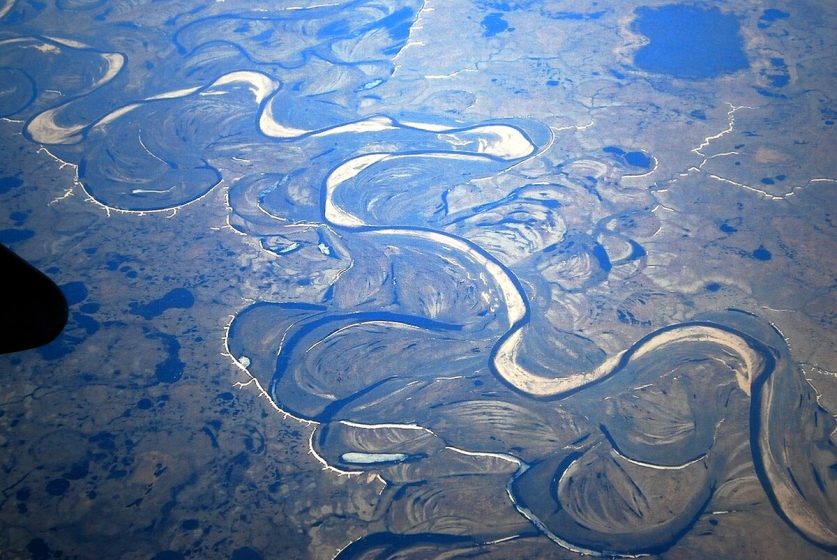
There has been great enthusiasm among NbS professionals for “mainstreaming” NbS into urban practice. We generally mean one of two things when we say mainstreaming NbS: (1) making NbS more widely known in the general public (like, say, “climate change” is…maybe); and (2) making NbS the default or common practice among urban professionals. The two are perhaps related, but the audiences for such social change are not exactly the same. Plus, NbS professionals are often a little vague about which element of “mainstreaming” they are talking about. What are the wicked problems for which we need “solutions”? They are found embedded in both social and environmental challenges, which are difficult to disentangle. Maybe they should remain entangled, so we can seek and find complex solutions.
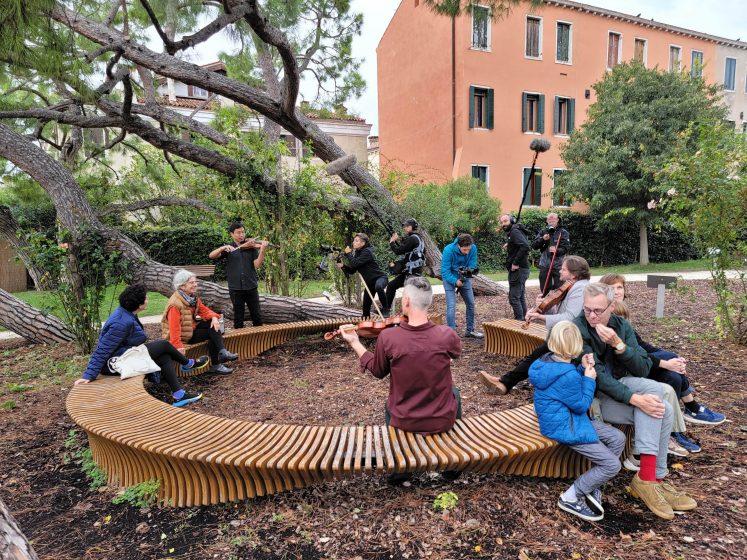
How can we create and maintain communities that people need and deserve; cities that are better for both nature and all people; that are beautiful, liveable, healthy, sustainable, resilient, and just? The New European Bauhaus (NEB) aims to “co-create beautiful, sustainable and inclusive solutions for neighbourhoods across the EU”[1] that “deliver on Green Deal objectives”. The Horizon Europe Work Plan for 2023-24 emphasizes mainstreaming biodiversity and Nature-based Solutions (NbS) in society and the economy.[2] Integrating transdisciplinary knowledge-building along with creatively co-productive engagement and implementation at local scales propels the core aims of both NEB and Horizon Europe. Weaving together art, science, land management, and public perspectives through transdisciplinarity — especially when it is grounded in place — strengthens stewardship and produces new knowledge that we would not otherwise create.
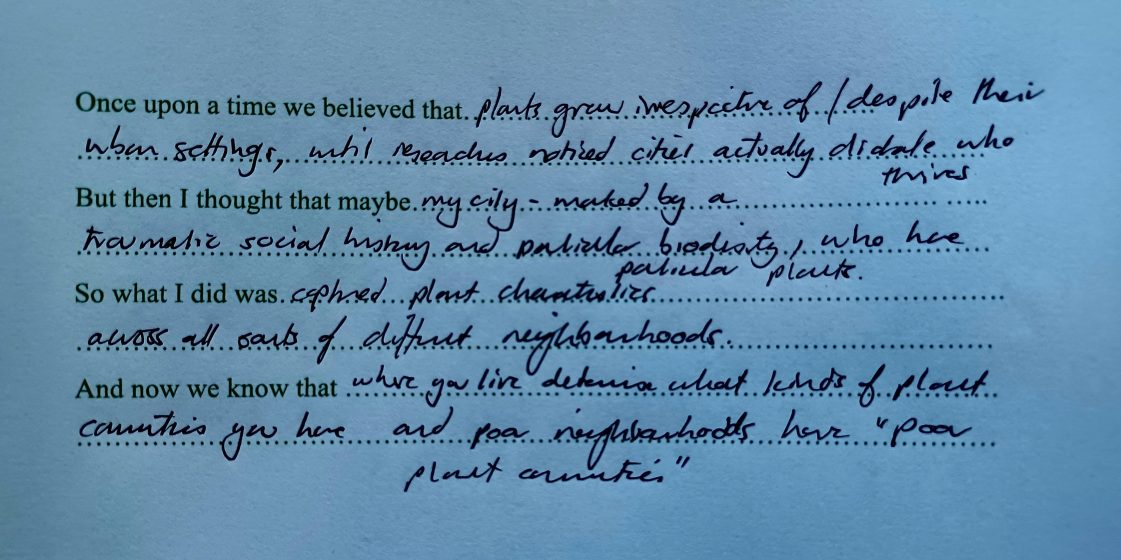
There are five key elements to just about every story: plot, setting, characters, point of view, and conflict (that is, a tension that presents itself). We typically use all of these when we recount a story or event to our family and friends, at least subconsciously. But we don’t use such techniques in science. Why not? What if we explored a rich storytelling approach to knowledge from science and practice? Human-scale stories. Stories with emotional resonance. Dare I say it? Even entertaining stories. Stories that connect to people who perhaps are not “experts” in whatever field, but nevertheless have a real stake in the decisions and outcomes, and so deserve to have access to the knowledge that supports (or does not) decision making.
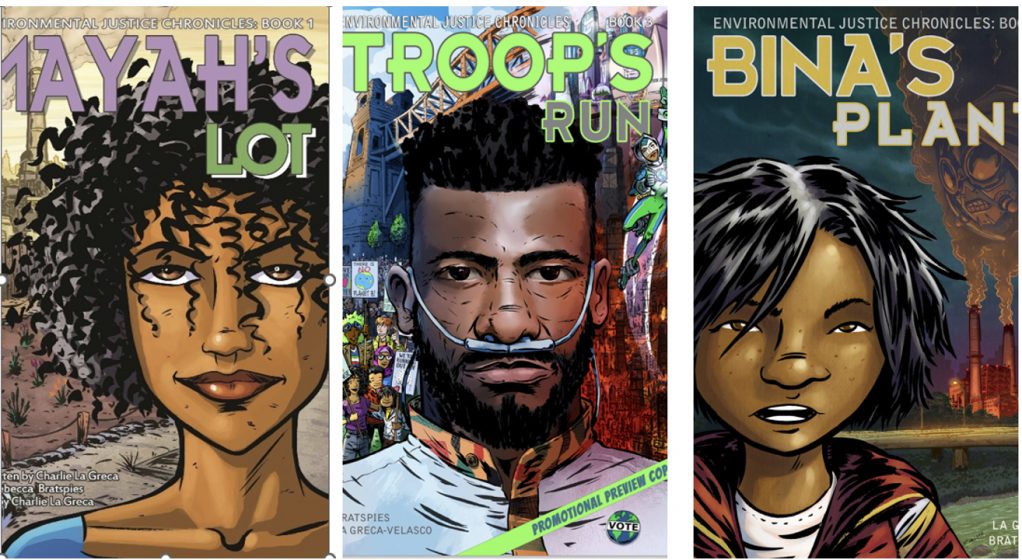 Can we tell better and more engaging stories about our environmental and social challenges? Can we widen the circle of people who read such stories and take action? Can we use them for education and engagement? Can they create good and entertaining and useful stories? Yes, we can. Although the comics landscape is dominated by superheroes doing classic superhero things, there is a growing movement of comics that have environmental and social justice aims. Comics offer a unique and effective platform for addressing social and environmental challenges through storytelling. The combination of visuals and narratives in comics provides a dynamic and engaging medium to convey complex issues in a compelling manner.
Can we tell better and more engaging stories about our environmental and social challenges? Can we widen the circle of people who read such stories and take action? Can we use them for education and engagement? Can they create good and entertaining and useful stories? Yes, we can. Although the comics landscape is dominated by superheroes doing classic superhero things, there is a growing movement of comics that have environmental and social justice aims. Comics offer a unique and effective platform for addressing social and environmental challenges through storytelling. The combination of visuals and narratives in comics provides a dynamic and engaging medium to convey complex issues in a compelling manner.
Art and Exhibits
In recent years TNOC has greatly expanded our investment in and comment to art and art-science-practice collaboration. This has taken the broad forms of poetry, fiction, exhibits, comics, graffiti, and residences of artists working with science teams. In every expression, we design to mix voices from artists, scientists, and practitioners together in the joined conversations about the issues we face. Here are a few examples.
NBS Comics: Nature to Save the World
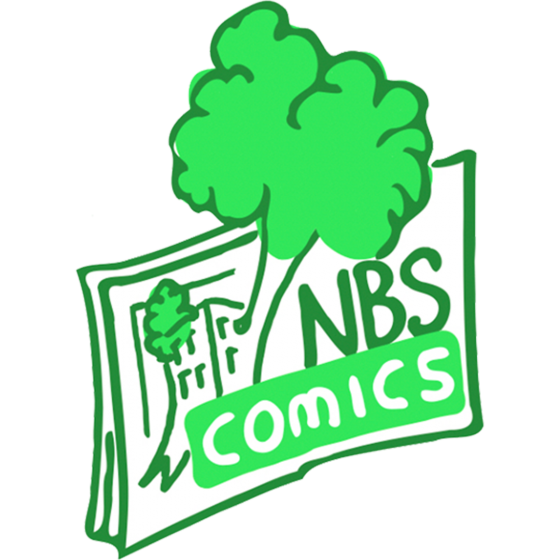 TNOC’s latest project in collaboration with NetworkNaturePlus, funded by the European Commission, Nature-based Solutions (NBS) Comics empowers comic creators to combine science and storytelling, re-imagining how people and nature might thrive together. We invite comic creators from all over the world — using any comic style, various approaches to storytelling, and many languages — to imagine comics about nature and her benefits. One of our hopes for this series is to tell good stories about nature that are both intelligent, entertaining, and change-making; from new voices; stories that reach more people. We want to create dialogue and raise awareness about nature and what essential role it plays in our daily lives.
TNOC’s latest project in collaboration with NetworkNaturePlus, funded by the European Commission, Nature-based Solutions (NBS) Comics empowers comic creators to combine science and storytelling, re-imagining how people and nature might thrive together. We invite comic creators from all over the world — using any comic style, various approaches to storytelling, and many languages — to imagine comics about nature and her benefits. One of our hopes for this series is to tell good stories about nature that are both intelligent, entertaining, and change-making; from new voices; stories that reach more people. We want to create dialogue and raise awareness about nature and what essential role it plays in our daily lives.
SPROUT: An Eco- urban Poetry Journal: Issue 3
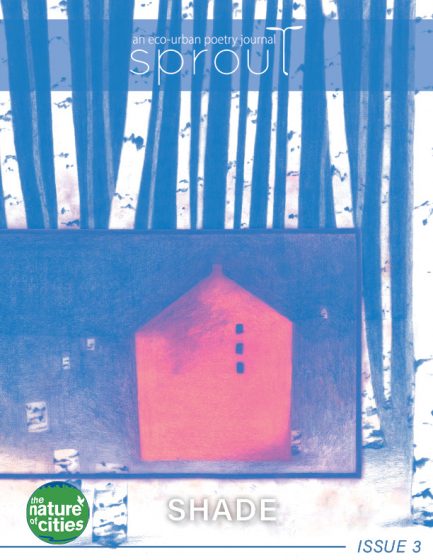 For SPROUT’s third issue, the editors were inspired by The Nature of Cities’ (TNOC) recent art exhibition, Shade, and invited contributors to draw on the exhibition’s virtual installation as a conceptual springboard to contemplate the theme of shade through a poetic lens. We asked poets to reflect on the role shade plays in the built environment, particularly focusing on shade equity—i.e., how shade can make more inclusive spaces in the city, or, conversely, how the lack thereof can create inhospitable, hostile spaces. We were interested in soliciting work that considered shade from ecological, architectural, and environmental justice points of view.
For SPROUT’s third issue, the editors were inspired by The Nature of Cities’ (TNOC) recent art exhibition, Shade, and invited contributors to draw on the exhibition’s virtual installation as a conceptual springboard to contemplate the theme of shade through a poetic lens. We asked poets to reflect on the role shade plays in the built environment, particularly focusing on shade equity—i.e., how shade can make more inclusive spaces in the city, or, conversely, how the lack thereof can create inhospitable, hostile spaces. We were interested in soliciting work that considered shade from ecological, architectural, and environmental justice points of view.
LES SAVOIRS VIVENT DANS LA TERRE: KNOWLEDGE IS IN THE LAND
a story by Carmen Bouyer
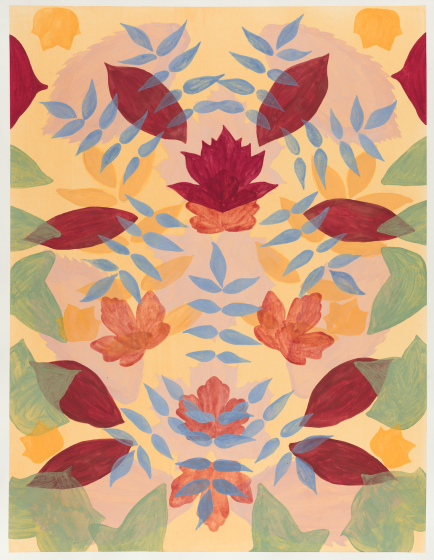 We invite you to embark on an artistic journey framed like a short tale, narrated by the artist Carmen Bouyer and made possible by The Nature of Cities team. This story bridges the urban and the rural in a quest to create art forms that connect us with the larger landscape. The story is an invitation to imagine our own very personal ways to listen and connect with the places we inhabit. Here we will follow the artist’s story of coming home to the Paris region in France after years of living abroad in cities. As many urbanites in Western European cities, Carmen had the feeling that the cultures of relating with the land there were lost since a long time.
We invite you to embark on an artistic journey framed like a short tale, narrated by the artist Carmen Bouyer and made possible by The Nature of Cities team. This story bridges the urban and the rural in a quest to create art forms that connect us with the larger landscape. The story is an invitation to imagine our own very personal ways to listen and connect with the places we inhabit. Here we will follow the artist’s story of coming home to the Paris region in France after years of living abroad in cities. As many urbanites in Western European cities, Carmen had the feeling that the cultures of relating with the land there were lost since a long time.
Essays
Composing an Entropic Symphony from the Sounds of Plants About to Be Displaced
Lucie Lederhendler, Brandon.
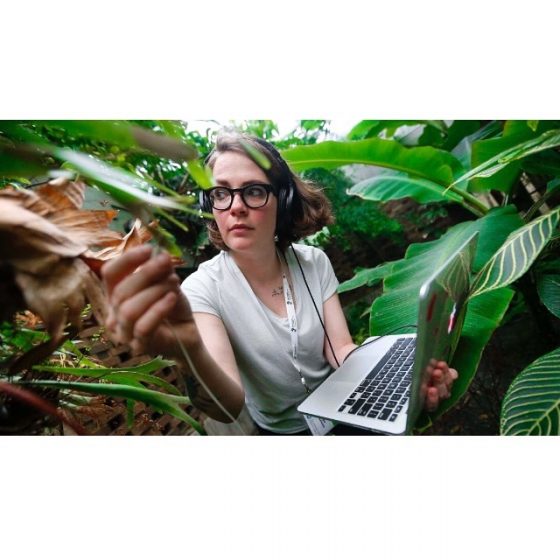
Helga Jakobson built a synthesizer system that reads the bioelectric impulse of the plants, and would clip alligator clips onto their leaves. Then the system reads the bioelectric impulse of the plant. More than figuring out what the plants sound like, Helga had to figure out who was singing. In just three months, she collected over 500 hours of plant song and, for the past five years, she has been composing these sounds into a symphony. Information on the final product, Entropic Symphony, can be found on her website.
The Dilemma of Water Scarcity and Ecological Stewardship in Ghana
Ibrahim Wallee, Accra

The phenomenon of water scarcity and access to safe drinking water as a life-saving resource is a significant concern for human survival and should be recognized as such. Though not sustainable, the increased production and consumption of sachet water as a primary source of drinking water is an inescapable reality in rural and urban communities of Ghana today, irrespective of households’ differential experiences with accessing this product.
Nature-based Solutions Are Gaining Momentum in Brazilian Cities
Cecilia Herzog, Rio de Janeiro
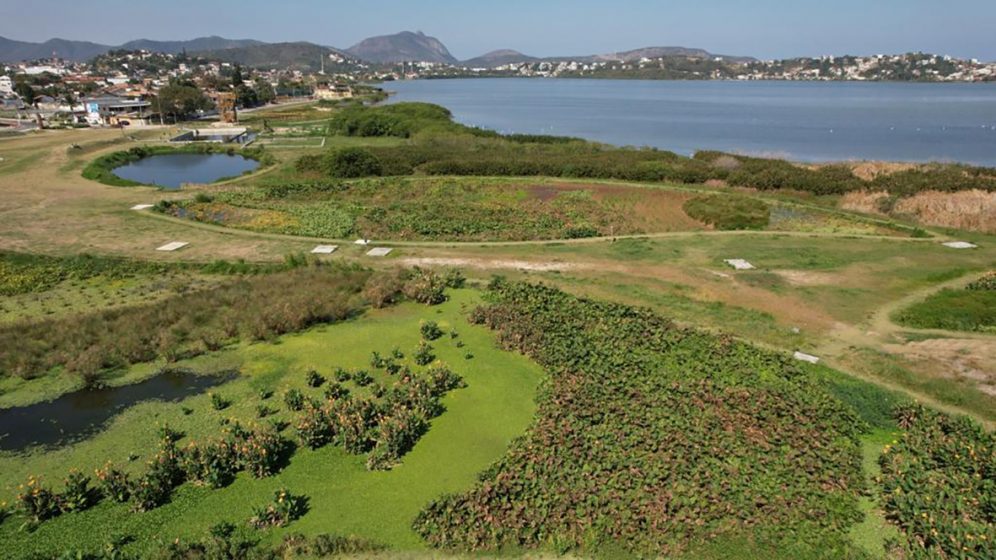
Although there is a clear move by many cities to recognize that nature is essential to enhance their resilience to face climate challenges, there is still a lack of a wider understanding of the immense benefits they may bring to urban environments. Climate crisis is impacting cities all over the world, and in Brazil, the outcomes are especially dramatic. Nature-based Solutions are gaining more relevance once the decision-makers understand their potential to build urban resilience and offer a better quality of life and well-being to their residents.
Green Urban Planning ― Along With the Idea of Objective Truth ― Is Losing the PR Fight
Rob McDonald, Basel
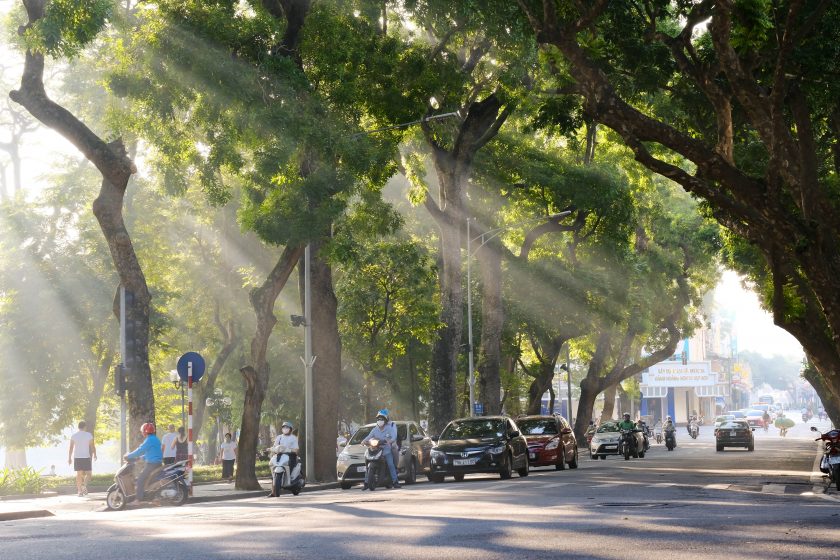
We need to defend the general conception of objective facts and be willing to publicly mock those who, for political purposes, would reduce every discussion to a subjective balance of wills. Without science and the belief in the possibility of it guiding us to wiser choices, the environmental movement does not meaningfully exist. As an ecosystem service scientist, I have come to realize that the future of urban nature will not be determined by ecosystem service valuation and rational planning. It will be determined by whose vision of our urban home is more compelling.
The City: Binding an Unbound Space
Arvind Lakshmisha, Bangalore. Harini Nagendra, Bangalore
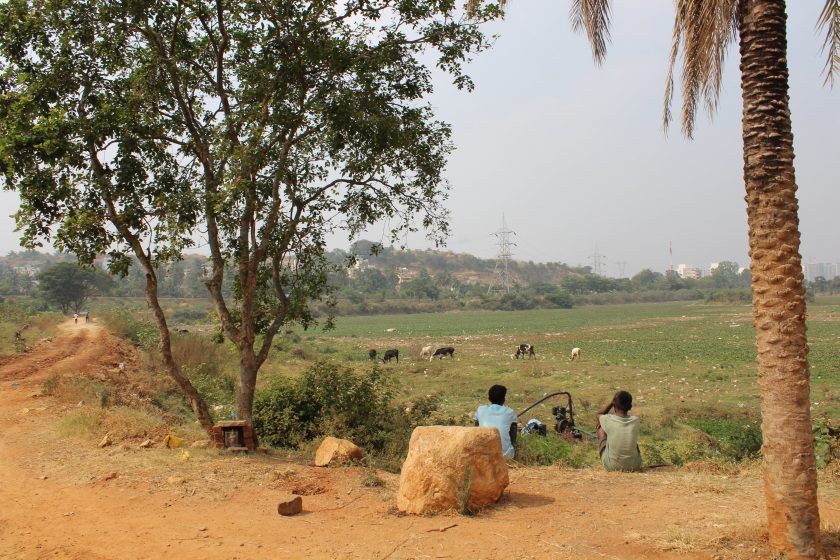
The way in which we imagine and understand cities and define their boundaries influences how we think about governing the city, and planning adaptation and resilience strategies, which become increasingly important in the era of the climate crisis. Thus, viewing the city not as a bound entity based on economic definitions, but as a spatially fluid, dynamic distribution of people, processes, and activities connected with ecological systems, which then leads us to consider a city as an interconnected entity.
A New Tree Ethic: What If Trees Really Mattered?
Tim Beatley, Charlottesville
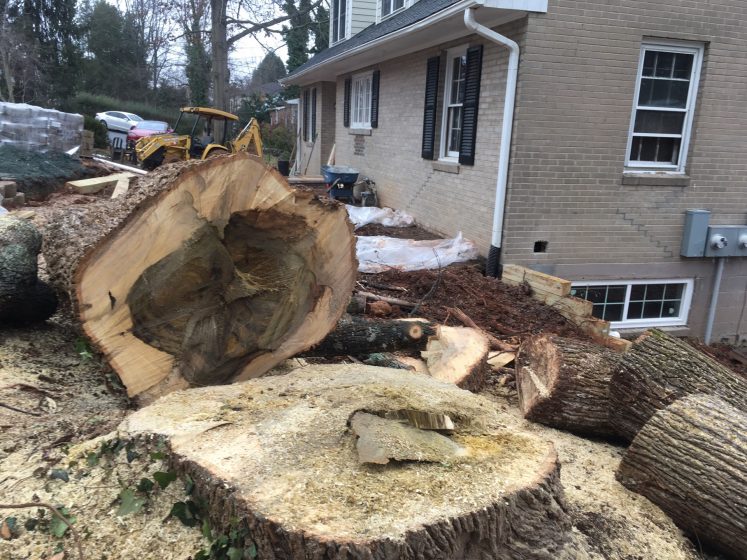
Several weeks ago, I was startled when taking a typical morning walk to find that a large and majestic white oak tree had been cut down and lay in the front of a neighbor’s yard. It was a shocking and sad sight, a tree I had admired almost daily, reduced to a pile of sawed-up and lifeless segments on the ground. The benefits of trees are irrefutable, but they are not widely understood and don’t seem to change behavior much. This suggests we need other approaches to convince people trees really matter. There are several promising directions.
From a Buzzword to a Standard: Challenges in Mainstreaming Nature-based Solutions in Urban Planning in the Global South
Seema Mundoli, Bangalore. Abhiri Sanfui, Mumbai. Harini Nagendra, Bangalore.
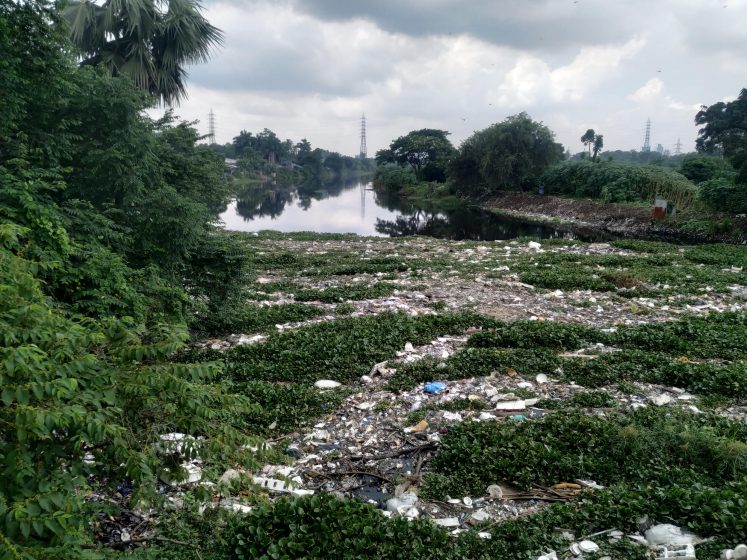
The question is how can we have a broader vision for our cities that can incorporate urban ecosystems into urban policy and planning? We need nature-based solutions to not be relegated to being a buzzword but be seen as a standard when it comes to planning cities. And we need applications in the Global South to be context-specific, not a copy-paste of what is done in the Global North. Perhaps the greatest challenge continues to be in building acceptance of nature-based solutions in urban planning and policy in the context of cities in the Global South.
Pinamar: A Garden City Looking Towards a Sustainable Future
Ana Faggi, Buenos Aires. Maria Samanta Anguiano, Pinamar.
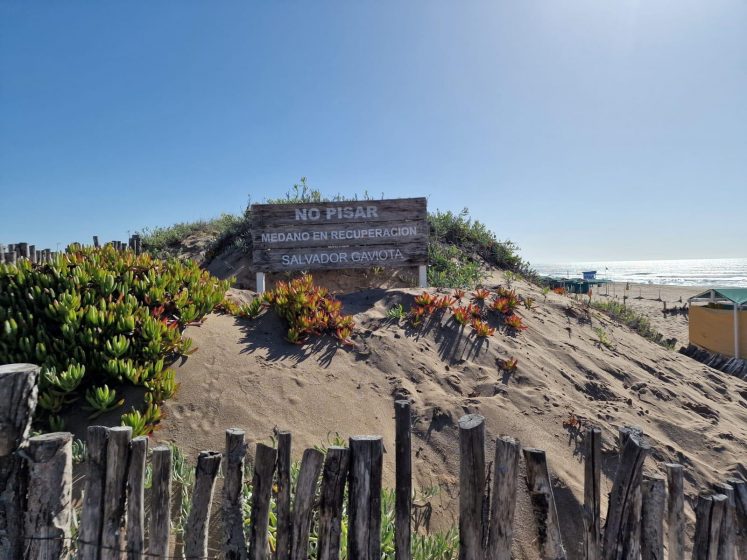
In Argentina, as a long weekend arrives many people living in the metropolitan area of Buenos Aires flee from the concrete and asphalt in search of Nature. There are many destination possibilities, but one that is undoubtedly a favorite is a garden city, 370 km south of Buenos Aires, which receives a million tourists in summer. Its name Pinamar — pine + sea — describes the cultural landscape where sea and forest meet, following the vision of an urban architect 70 years ago.
Ça Marche: Walking is Paramount to Human and Liveable Cities
Francois Mancebo, Paris
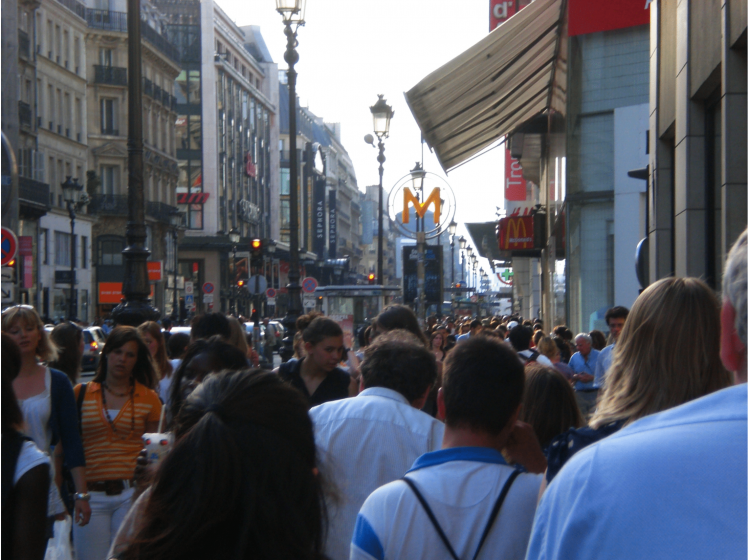
Walking is not just about moving from one place to another. It also engages our senses. Such an experience forges affective bonds between pedestrians and their city by immersing them in urban ambiances. Ambiances are shared by any city inhabitant: they are a common treasure upon which urbanity takes root. The fact is that the walkability of a city is primordial to foster urbanity. It is long overdue to explicitly make walkability the cornerstone of urban design.
Caring in Public: A Framework for Social Infrastructure Visibility in Community-managed Open Space (Part 1)
Lindsay Campbell, New York. Robin Cline, Chicago. Ben Helphand, Chicago. Paola Aguirre, Chicago. Sonya Sachdeva, Chicago. Michelle Johnson, New York City. Erika Svendsen, New York
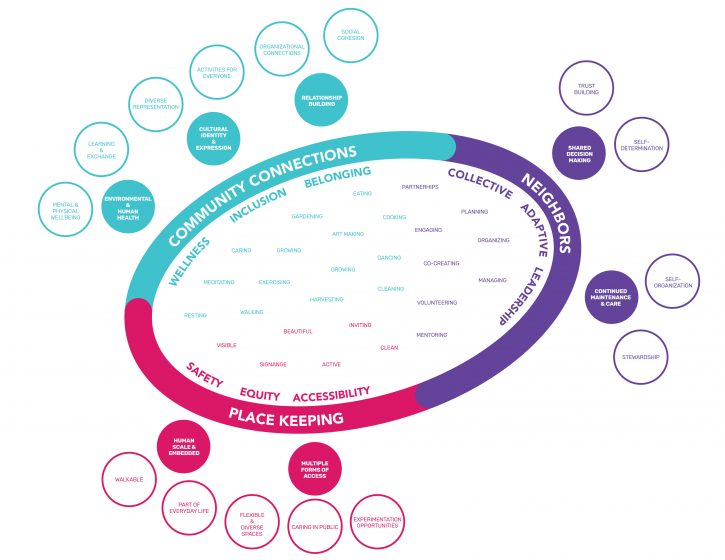
A team of practitioners and researchers at the Central Park Conservancy Institute for Urban Parks, NeighborSpace, Borderless, and USDA Forest Service – Northern Research Station met from September to November 2021 to discuss research on social infrastructure and urban green spaces. There is not one magic framework that will tell the true story of community gardens, but it is crucial that we pay attention to the profound work occurring in community-managed garden spaces, and tell the story that does these efforts justice.
A Nonprofit Organization Creates Mini-forests in Public Schools in São Paulo Using the Miyawaki Method
Rafael Ribeiro, São Paulo
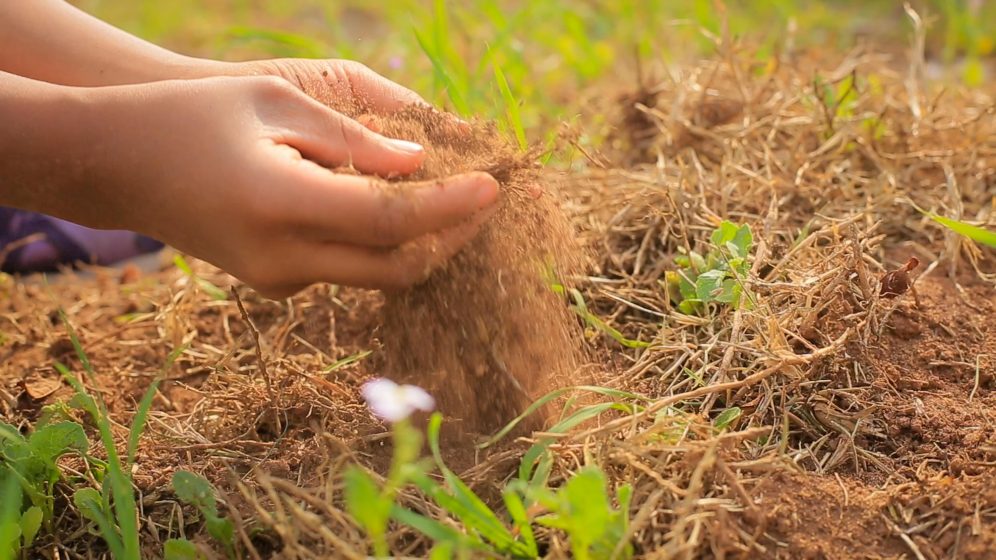
If you asked someone if they could imagine growing a forest from scratch, they would most likely say no. Yet, this is exactly what the non-profit organization formigas-de-embaúba is doing. Formigas-de-embaúba carries out environmental education programs to plant native mini-forests in public schools together with school communities. Students become active citizens, inspired to act and take small steps towards collective and transformative futures.
Urban Parks During Heat and Drought Conditions: A Case Study in Leipzig, Germany during the 2018 and 2019 Heat Periods
Roland Krämer, Leipzig. Nadja Kabisch, Hannover
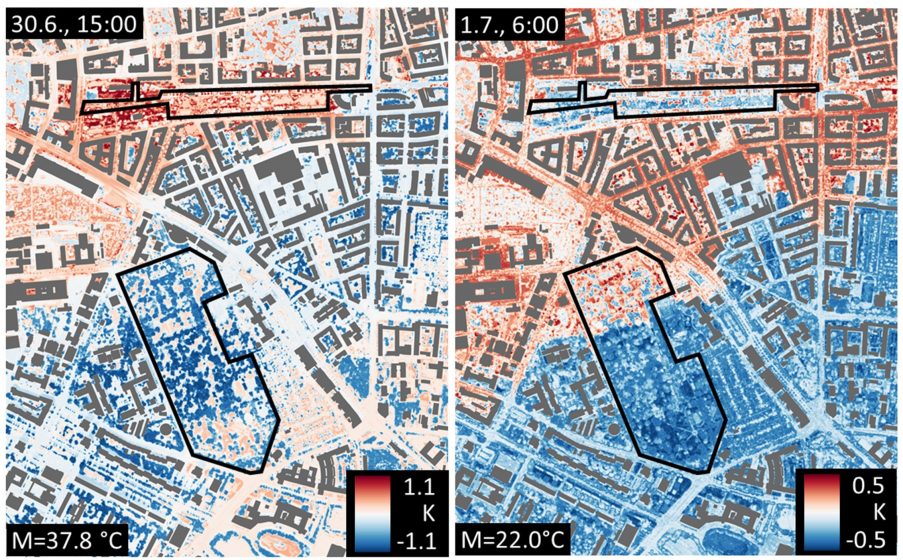
Thanks to the cooling function of the vegetation, urban parks offer cool, pleasant places in cities during hot summer days. The results of the measurement campaigns impressively showed how important urban green spaces are for the provision of the cooling function as a regulating ecosystem service. In particular, urban parks still provide cooling under drought and heat conditions but also the vegetation in gardens or backyards reduce local air temperatures and contribute to heat mitigation.
Can Neighborhoods Provide Breeding Habitat for Interior-Forest Specialist Birds? Yes
Mark Hostetler, Gainesville. Natalie Pegg, Gainesville
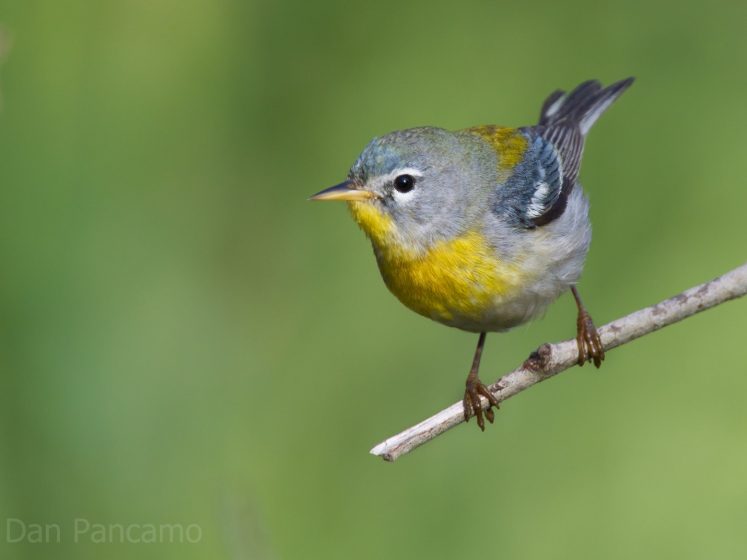
Interior-forest specialist birds are reported to primarily require large, undisturbed forest areas in which to breed (Archer et al. 2019). Why do these species need interior forest conditions? We do believe that with enough vegetation in a yard and neighborhood, these species will breed in or near your yard in cities located in the southeastern United States. Probably the limiting factor is the vertical height structure. Re-wild certain areas of your yard!



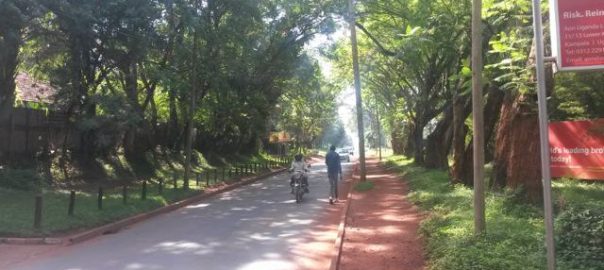
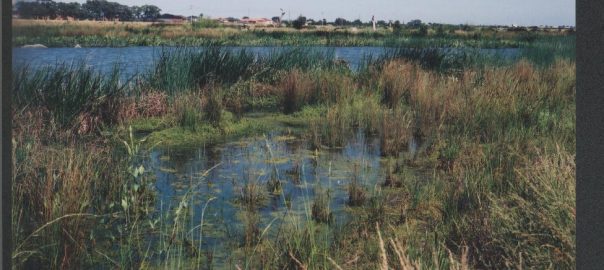
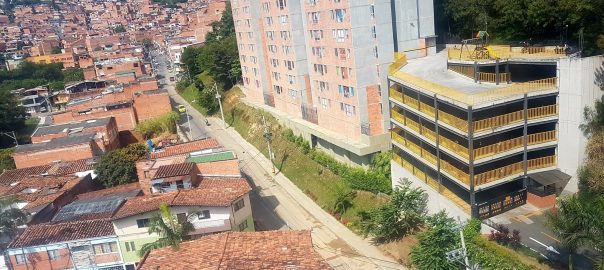
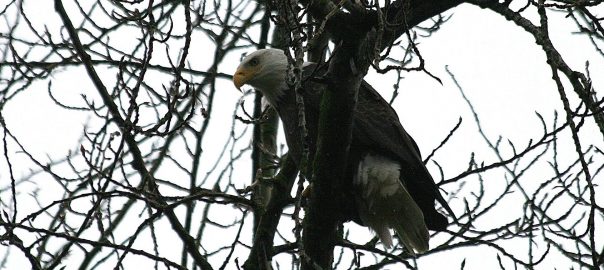
Leave a Reply